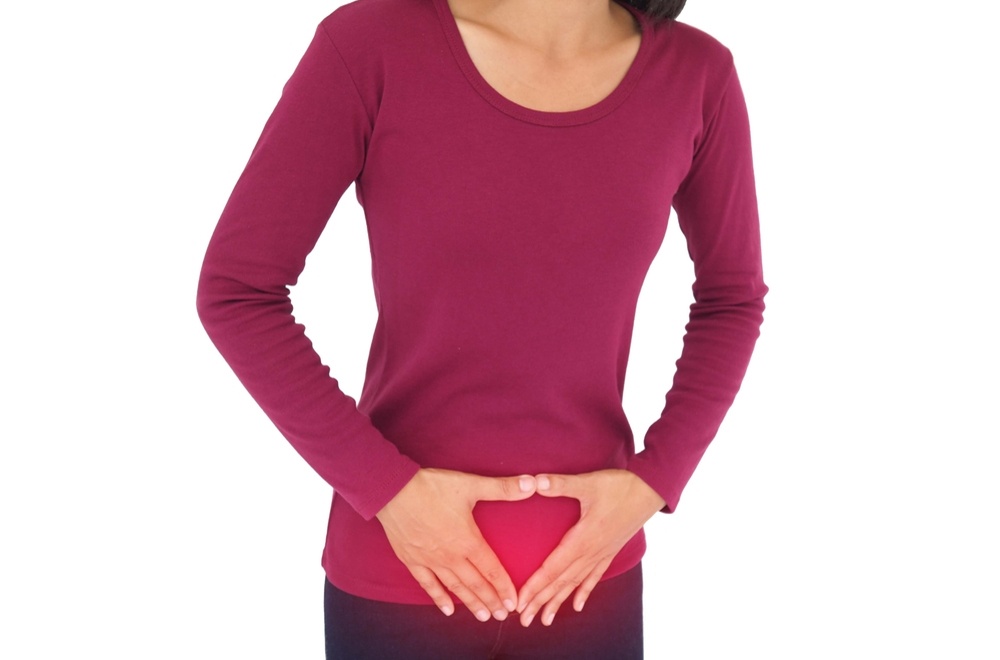Common symptoms:
The presence of submucosal fibroids can lead to a range of symptoms, which can vary in severity. Common signs and symptoms include:
Heavy menstrual bleeding:
Excessive menstrual bleeding, known as menorrhagia, is a hallmark symptom of submucosal fibroids. This can lead to anemia over time due to blood loss.
Pelvic pain and pressure:
A bulky uterus with fibroids can cause a feeling of fullness or pressure in the lower abdomen, sometimes leading to discomfort and pain.
Frequent need to pee:
If a submucosal fibroid presses against the bladder, it can cause a frequent need to urinate.
Pain during intercourse:
Submucosal fibroids can sometimes interfere with sexual intercourse and cause pain or discomfort.
Infertility:
In severe cases, these fibroids can interfere with fertility and may lead to difficulty conceiving or maintaining a pregnancy.
Treatment options:
The choice of treatment for submucosal fibroids depends on the severity of symptoms, the patient’s age, and their desire for future fertility. Here are some common treatment options:
Watchful waiting:
If the fibroids are small and not causing significant symptoms, a doctor may recommend a “watch and wait” approach, monitoring their growth over time.
Medications:
Hormonal medications, such as birth control pills or intrauterine devices (IUDs) with hormones, can help manage heavy menstrual bleeding and reduce pain.
Hysteroscopic resection:
For small submucosal fibroids that are causing severe symptoms, a hysteroscopic resection can be performed. This involves removing the fibroids through the cervix using a thin, lighted instrument called a hysteroscope.
Myomectomy:
In cases where fertility preservation is important, a myomectomy can be performed to remove the fibroids while leaving the uterus intact. This can be done through minimally invasive techniques or open surgery, depending on the size and location of the fibroids.
Hysterectomy:
If other treatments are not effective or if the fibroids are causing severe symptoms and there’s no desire for future pregnancies, a hysterectomy (removal of the uterus) may be recommended.
3-D Precision Guided Uterine Artery Embolization UAE):
This is a minimally invasive technique in which the blood supply to the uterine fibroids is blocked with a highly advanced 3-D precision guided endovascular procedure. It involves the insertion of a catheter into a blood vessel, typically in the groin area, which is then guided to the uterine arteries supplying blood to the fibroids. Small embolic agents are injected through the catheter to block these arteries, essentially starving the fibroids of their nutrient supply. Over time, the fibroids shrink.
This is a state-of-the-art technique performed by highly skilled radiologists who use real-time 3-D imaging for accuracy. In Pakistan, this technique has been introduced by Dr. Imtiaz Ahmed, who himself is an expert endovascular surgeon and an interventional radiologist. He has years of experience in treating fibroids via minimally invasive techniques.
The major advantages of 2-D image guided UAE over other invasive modalities are that it is minimally invasive, which means there will be no cuts, stitches, risk of infection, and surgery-related morbidity. The recovery time is quick, and patients can return to normal activities the same day. The results are promising, with researchers reporting up to a 90-95% successful resolution in pain, bleeding, and discomfort after undergoing UAE.
Consult Dr. Imtiaz Ahmad now for an expert opinion. He also specializes in the minimally invasive treatment of other types of fibroids, adenomyosis, and polyps. For more information regarding submucosal fibroids treatment, contact us. Email us at info@drimtiazahmad.com. Follow us on Instagram @Profdr_imtiaz_ahmad for more information and daily updates.

